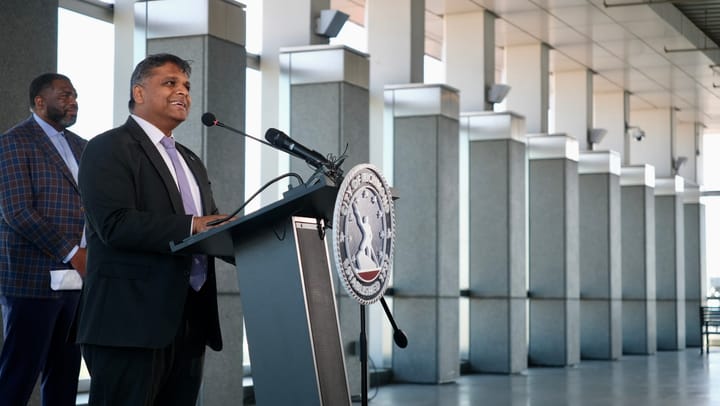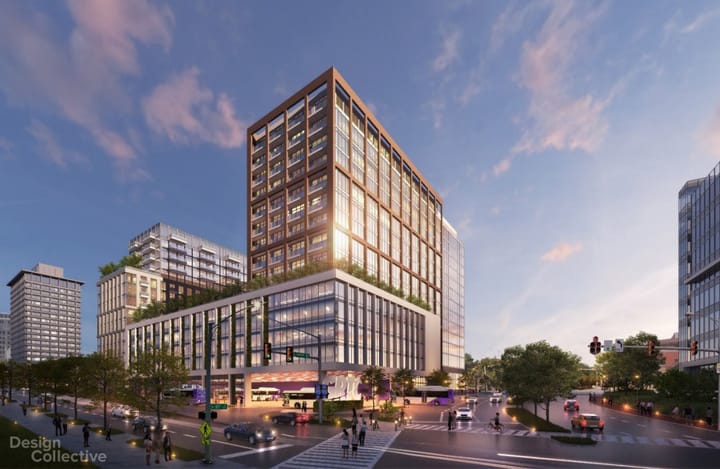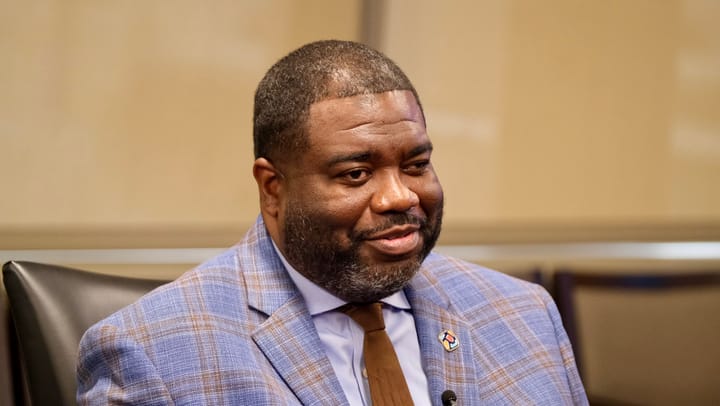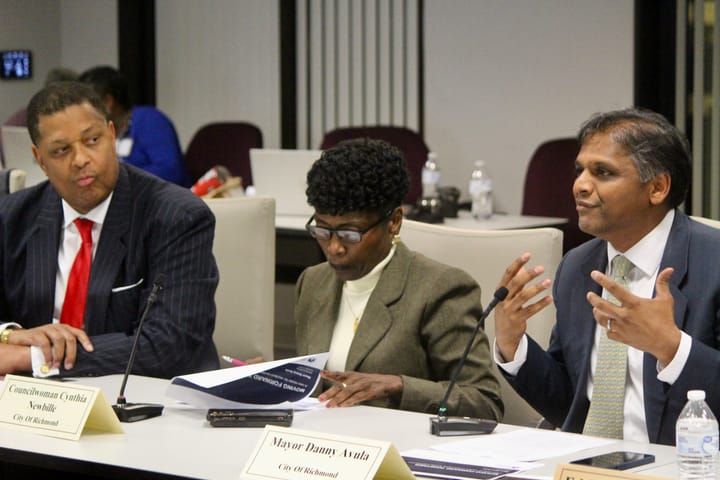
Richmond cultural heritage plan clears hurdle, but Robertson vows ‘long list of amendments’
A plan for how Richmond can preserve its historical and cultural assets has cleared the Planning Commission after a six-month delay but could face some resistance at City Council after Councilor Ellen Robertson (6th District) declared she would be seeking “a long list of amendments.”
“There are too many ‘could be’s,’” she said at one point during the commission’s Nov. 18 meeting. “I’m not feeling comfortable that we’ve got enough direction.”
Nevertheless, she along with seven other members of the commission voted to forward the 202-page Cultural Heritage Stewardship Plan to the City Council for its approval, with Commissioner Dakia Knight casting the only dissent.
Mayor Danny Avula on Friday threw his support behind the plan, calling it “exactly the kind of guiding document we need to fulfill our commitment to being a city that tells its stories and tells the truth about its past.”
"We cannot move forward as a community without honestly reckoning with our history — all of it — and this plan gives us the roadmap to do that work thoughtfully and inclusively,” he said in a release. “This is how we build a Richmond where every resident sees themselves reflected in the story of our city."
The cultural heritage plan initially came before the Planning Commission this May, when the body was charged with considering whether it ought to be added to the city’s master plan, Richmond 300. While the master plan is not considered a binding document, it serves as a roadmap for officials in deciding how the city should develop and what its priorities are.
The majority of the Planning Commission, which offers recommendations to the City Council, balked at moving the plan forward at the time, with several members including Robertson raising concerns about the impact some policies could have on housing affordability and objecting to directives it contained about setting up potentially costly programs like tax abatement initiatives.
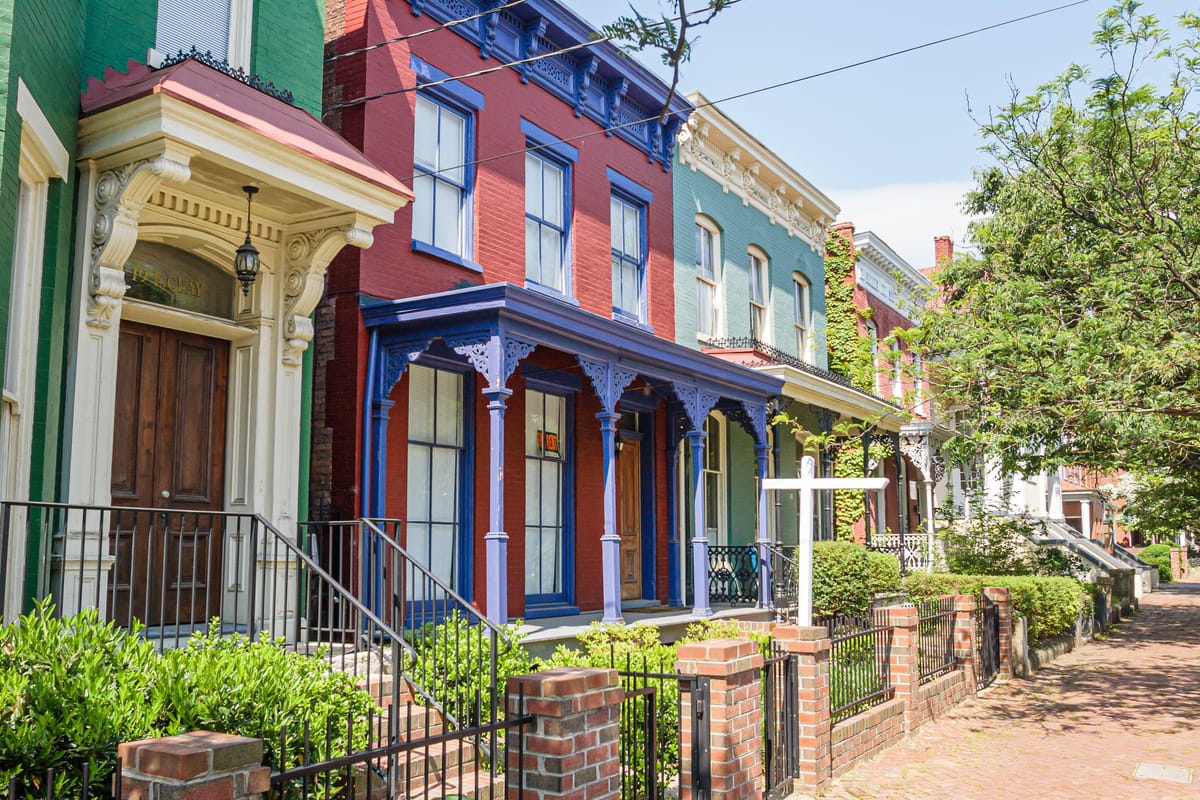
In response, Commission Chair Rodney Poole put together a three-person subcommittee to come up with a new version of the plan that could be more palatable to the body as a whole.
The subcommittee, made up of Commissioners Knight, Rebecca Rowe and Brian White, held meetings and hearings throughout the summer and ultimately delivered a revision to the Planning Commission in October.
That document kept the main thrust of the plan intact but reworked sections to emphasize it is what Planning Director Kevin Vonck described as “a selection of potential educational, marketing, regulatory and administrative tools the city can use to conserve and manage change” rather than a set of directives to the city about how it must proceed.
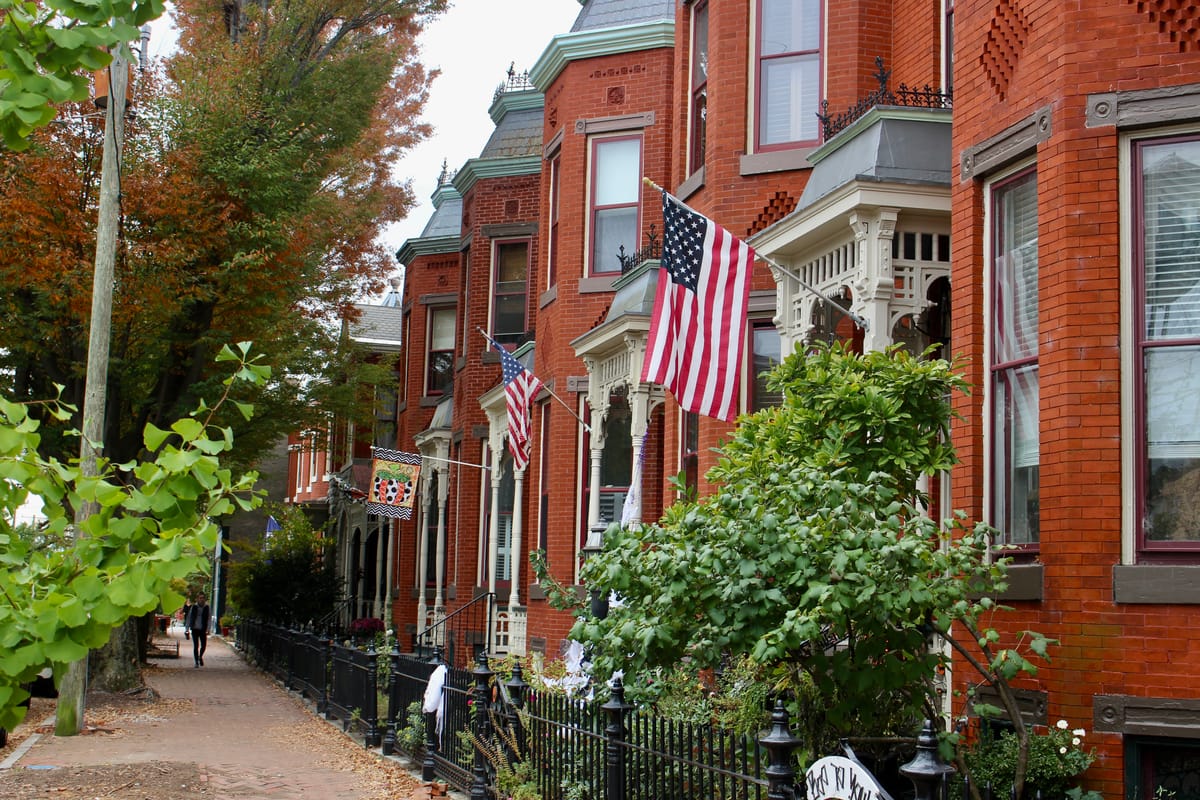
“The emphasis is on potential,” he said. “Here’s things that we could do. If adopted, there will be further discussions between the mayor, the [chief administrative officer] and Council about what we should do, further analysis about what we can do.”
Among that array of possible choices, the plan highlights four “big moves,” or priorities the city already has the ability to carry out.
Those are:
- Ensuring the city has inventoried and is keeping up historically and culturally significant properties and buildings it owns
- Conducting a citywide historic architectural and archaeological assessment
- Passing local legislation to increase penalties for unauthorized demolitions in areas with a formal Old and Historic District designation
- Analyzing and evaluating real estate tax assessment and abatement policies that could encourage the preservation of significant assets
The city is already moving forward with the first step of the demolition legislation, which is being championed by Council Vice Chair Katherine Jordan (2nd District).

‘A rational step’ or ‘vegetable soup’?
Preservationists again turned out Nov. 18 to urge the Planning Commission to back the new document.
“This is to me a rational step that would be very helpful to making future decisions,” said Rob Comet, a retired architect and former chair of the Planning Commission. “Every poll that I’ve ever read about why people move to Richmond, visit Richmond and want to live in Richmond cites diverse neighborhoods, cultural amenities, the history of the city, the tree canopy — all things that preservation [is] critical to.
“And for us to not have it be even part of the plan, part of our city master plan, just seems to me to be the wrong message,” he concluded.
For some members of the commission, the preservationists were preaching to the choir.
The plan “lays out potential. It lays out a vision. It lays out an intent of a community,” said Commissioner Burt Pinnock. “We may never reach it, but we have to start. … We’ve lost so much. I think this sets us on the path to not losing more.”
Knight, however, continued to say she believes many of the possible strategies laid out in the plan could have unintended consequences in further driving up housing costs.
“In my opinion, creating those barriers, creating those overlays will have a direct impact on affordability," she said.
For much of the meeting, the greatest resistance appeared to stem from Robertson, who repeatedly told the commission she was uncomfortable with the document and didn’t think it offered enough direction to Council or enough details on how different strategies would be carried out. Some of its terms were vague, she complained, and she worried it would still have financial implications despite revisions to address that concern.
“We’ve got to give more guidance as to what is necessary to be done,” she said. “And right now, I feel like there’s just — you know, it could be vegetable soup with just beans, or it could be vegetable soup with every vegetable that you want. … So I really want to be able to drill down a lot deeper as it relates to the implementation.”
Rowe argued the point of the plan was not to tell the city exactly what to do but to instead outline possible paths that the City Council could pursue if they decided they were reasonable and in Richmond’s best interest.
“This is not a document that is meant to get into the weeds of implementation,” she said. “Implementation will come as ordinances are written and debated and adopted.”
After Robertson told commissioners that “you should expect some very stiff amendments” to the plan when it comes before the City Council, Planning Commission Vice Chair Elizabeth Greenfield asked her what amendments would get her “in a more comfortable position.”
While the councilwoman expressed some discomfort that “cultural heritage districts” — a new designation the plan says the city could consider creating — are too loosely defined, she told Greenfield, “I didn’t come prepared to give you a list of amendments.”
“I have three pages here, okay, and I’m willing to share this,” she continued, holding up several sheets of paper. “Quite a few of them are recommendations for amendments. And maybe that’s what we need to do.”
Because any amendments the City Council makes to master plans have to come back to the Planning Commission for its review and a hearing, Robertson’s intention to seek changes set off a lengthy debate over how the body should proceed.
“I’m struggling to understand: If we were not able to accomplish … addressing those concerns since May, what is the mechanism to do so?” asked Commissioner Victor McKenzie.
Rowe said she felt “blindsided that a commissioner would come with pages of amendments at the point that we’re considering it.”
“We did not work on it in a vacuum. We did not work on it just the three of us,” she said. “The question was asked to Commission members multiple times to weigh in on various drafts.”
If the subcommittee had heard about Robertson’s concerns earlier, she said, “we could have been working that into our discussions over the last six months. I would have found value in that, and I’m sorry we’re at this point, and if you feel like you didn’t have an opportunity for amendments.”
“I’m not suggesting that at all,” Robertson replied, adding she had previously spoken with “several” commissioners.
Shortly after, the body voted to approve the plan and send it on to the City Council.
But despite the initial win for preservationists, the debate left some supporters visibly angry.
“I’m not clapping for that,” said one before she filed out of the room.
Contact Reporter Sarah Vogelsong at svogelsong@richmonder.org




